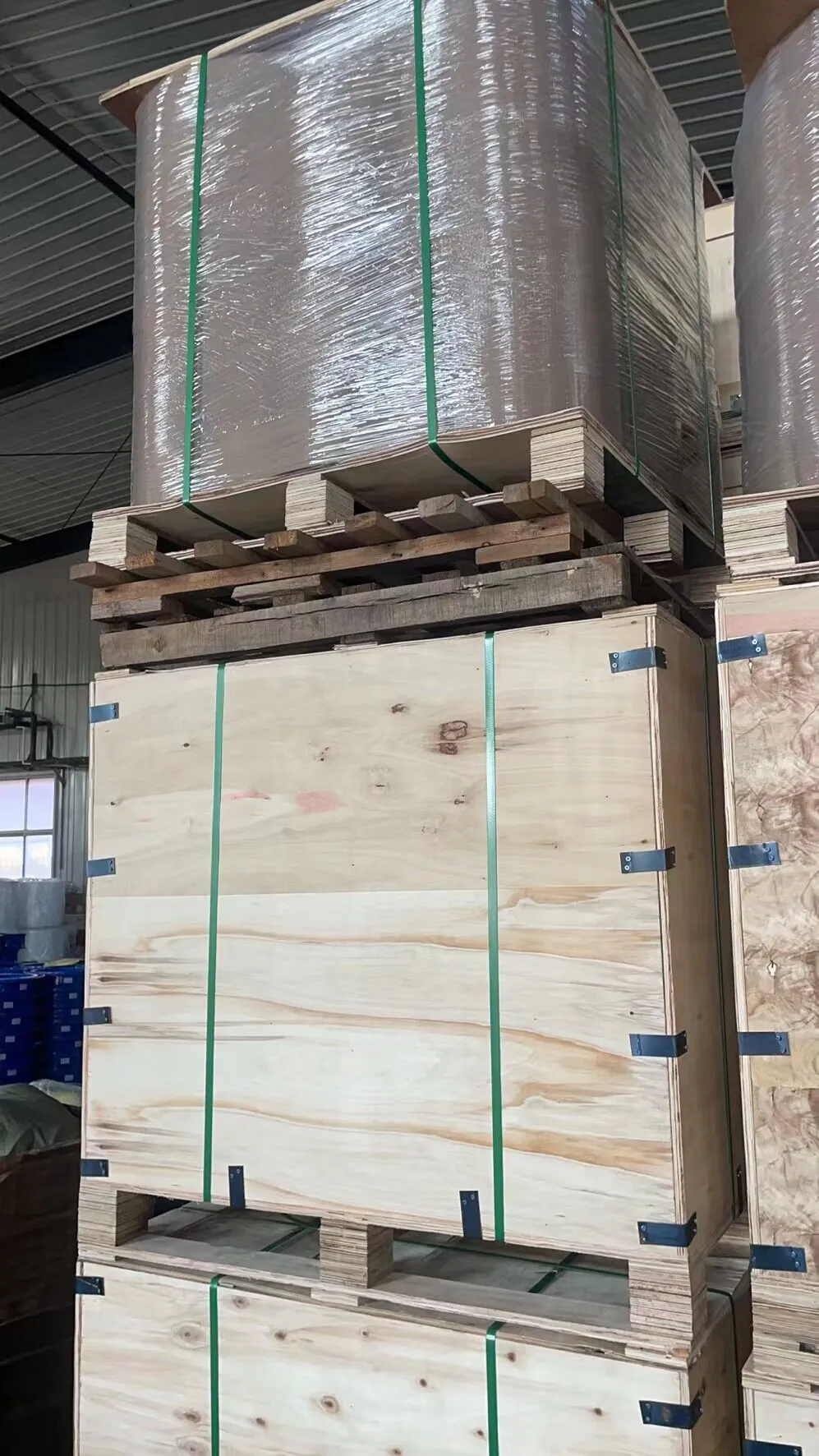Air Release Vacuum Breaker Valve - Essential Solution for Pipeline Systems
Understanding Air Release Vacuum Breaker Valves
Air release vacuum breaker valves play a crucial role in various fluid systems, particularly in water and wastewater management
. These valves are designed to maintain optimal fluid flow by managing air pressure and preventing backflow, which can lead to system inefficiencies or damage.The primary function of an air release valve is twofold it allows trapped air to escape from the pipeline, thus preventing any air pockets that could hinder fluid movement, and it also prevents the entry of contaminants into the system. When liquid flows through a pipeline, it may create air pockets that can disrupt the smooth operation of the system, leading to pump failure or inefficient water delivery. The air release valve automatically vents these air pockets, ensuring a steady and uninterrupted flow.
On the other hand, the vacuum breaker aspect of the valve prevents back-siphonage, which occurs when the pressure in a pipeline drops below atmospheric pressure. In such scenarios, contaminated water can be siphoned back into the clean water supply, risking public health. A vacuum breaker valve prevents this by allowing air to enter the system when a negative pressure is detected, breaking the vacuum and stopping the backflow of potentially contaminated water.
air release vacuum breaker valve

These valves are typically installed at high points in a piping system where air accumulates. Their design usually features a float mechanism or an orifice that opens and closes depending on the pressure conditions within the pipeline. This ensures that the valve operates automatically without the need for manual adjustments, which adds to the overall efficiency and reliability of the system.
Manufacturers offer various models of air release vacuum breaker valves, tailored for different applications and pressure ratings. It's essential to select the right valve for a specific system to ensure optimal performance. Regular maintenance and inspections are also critical to ensure that these valves function correctly over time, preventing system failures that could lead to costly repairs and downtime.
In conclusion, air release vacuum breaker valves are indispensable components in fluid management systems. They enhance the efficiency of water transport, safeguard against contamination, and prolong the lifespan of the piping infrastructure. Investing in high-quality valves and maintaining them properly can lead to significant benefits for any organization relying on fluid systems. Whether in municipal water services or industrial applications, these valves serve as the unsung heroes of effective fluid dynamics.
-
The Smarter Choice for Pedestrian AreasNewsJun.30,2025
-
The Gold Standard in Round Drain CoversNewsJun.30,2025
-
The Gold Standard in Manhole Cover SystemsNewsJun.30,2025
-
Superior Drainage Solutions with Premium Gully GratesNewsJun.30,2025
-
Superior Drainage Solutions for Global InfrastructureNewsJun.30,2025
-
Square Manhole Solutions for Modern InfrastructureNewsJun.30,2025
-
Premium Manhole Covers for Modern InfrastructureNewsJun.30,2025
